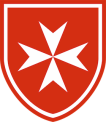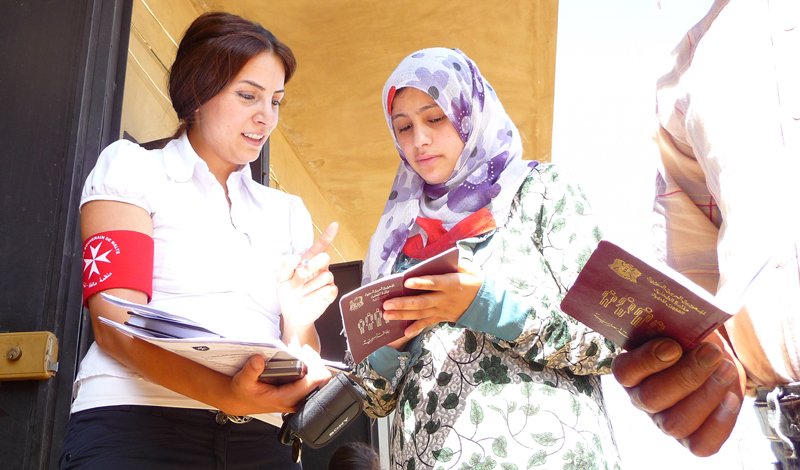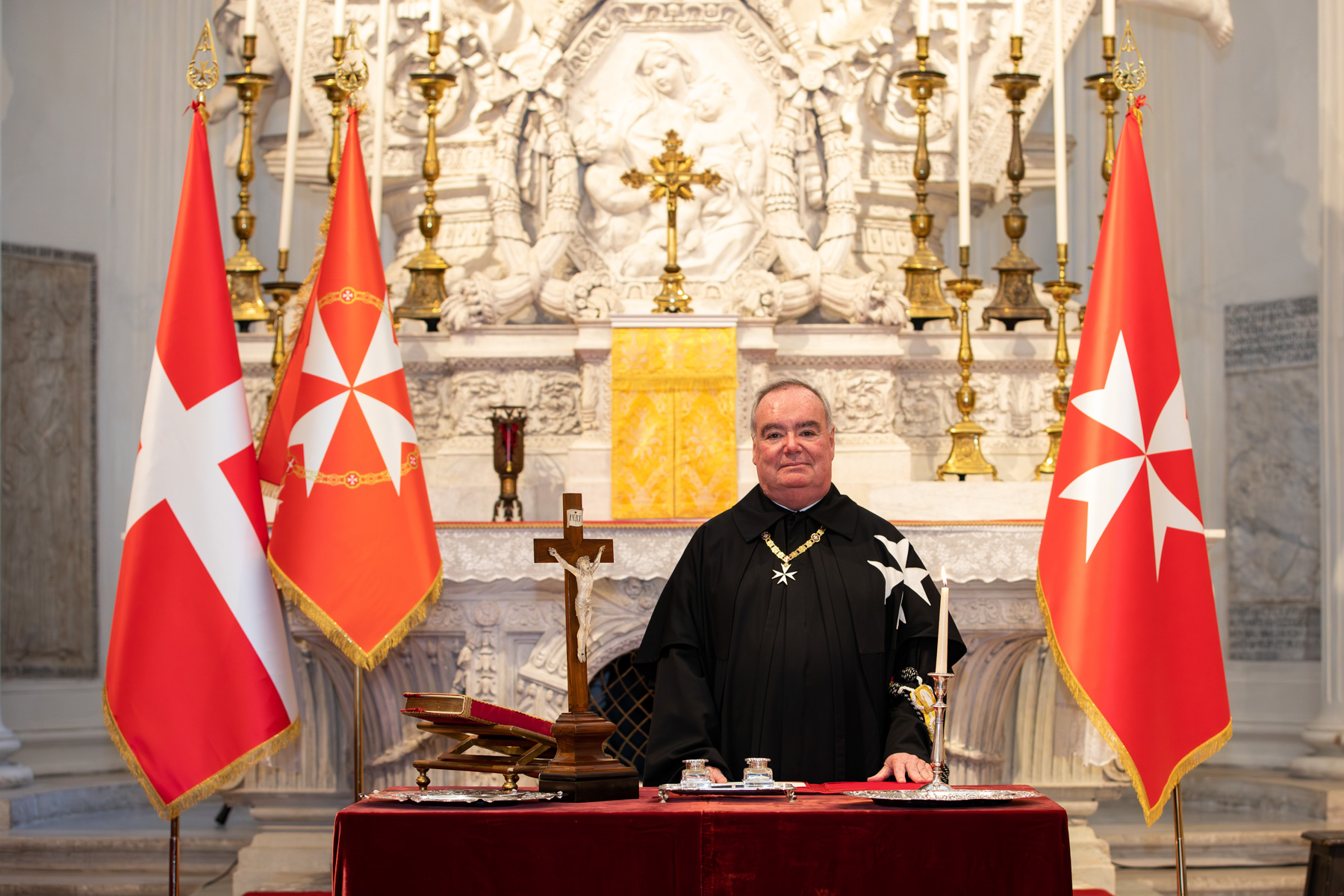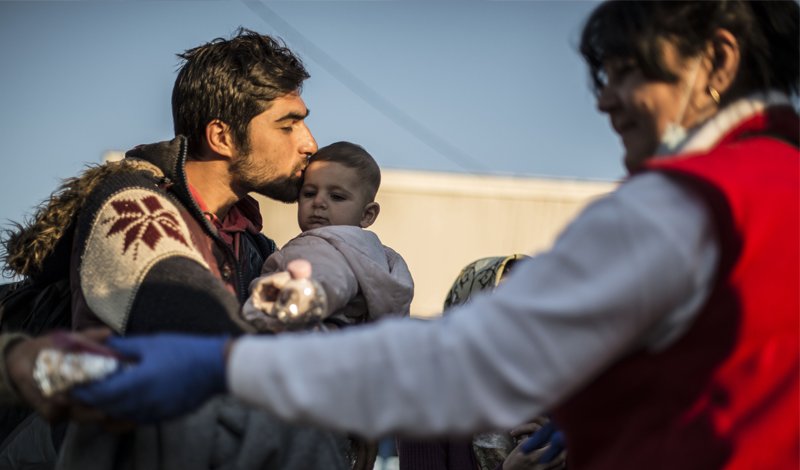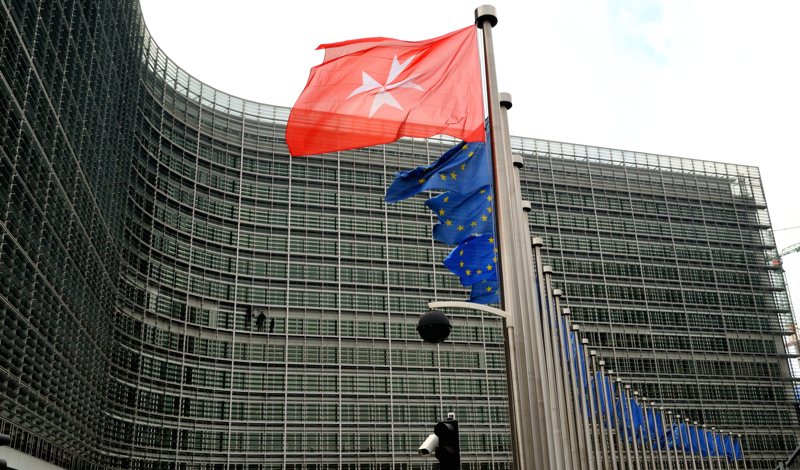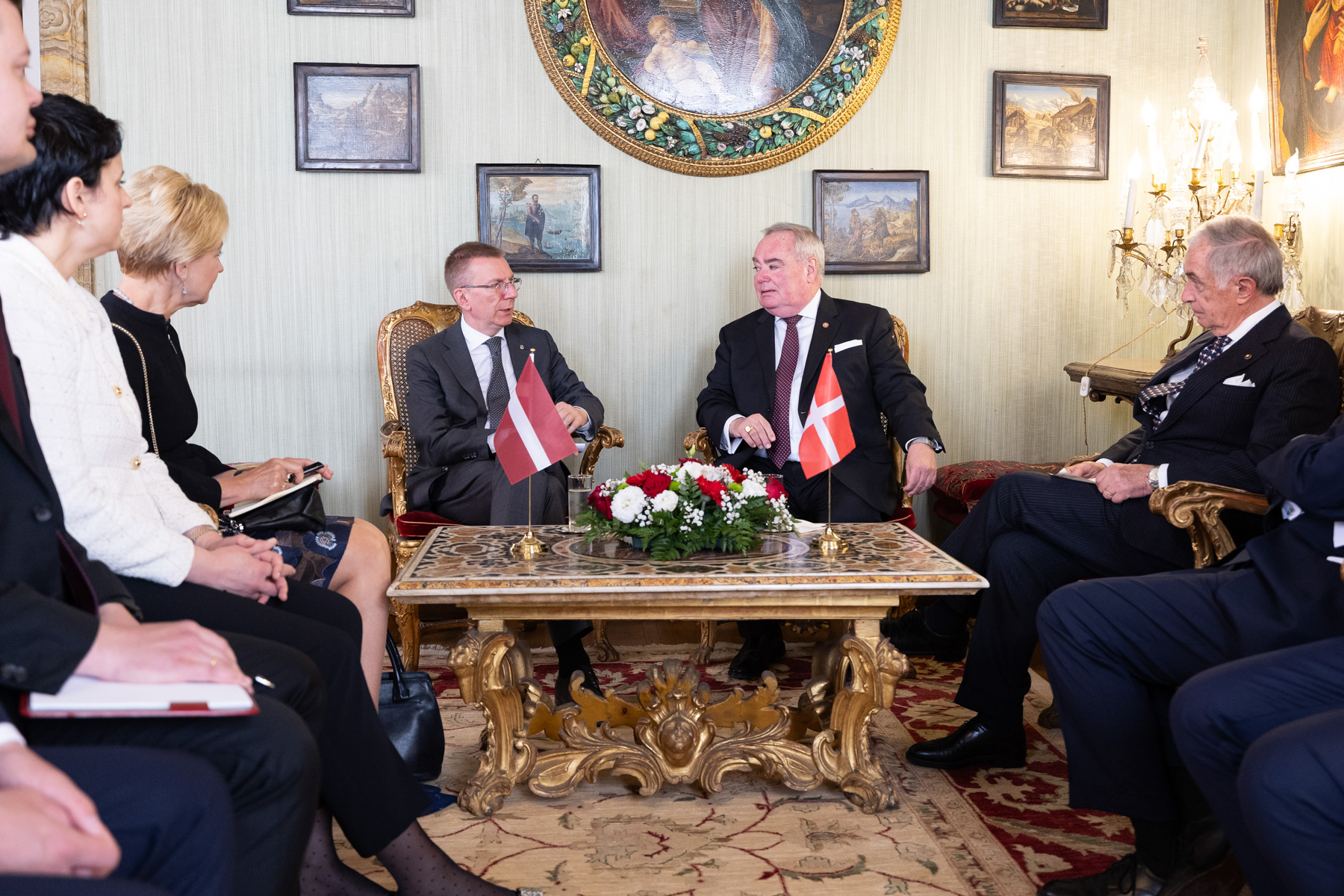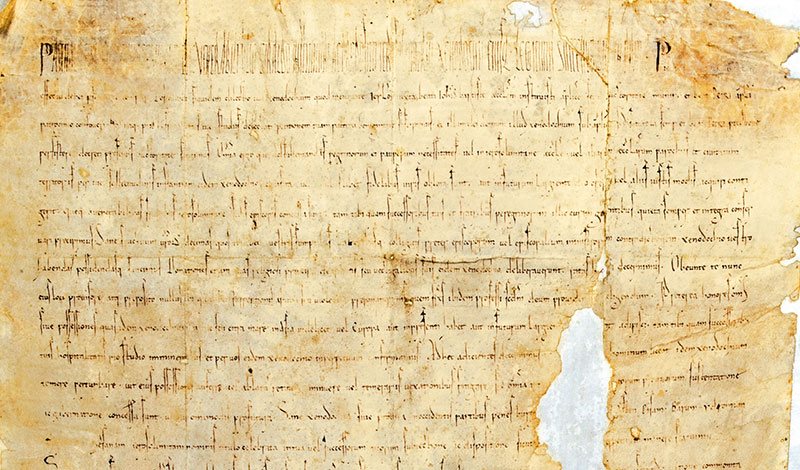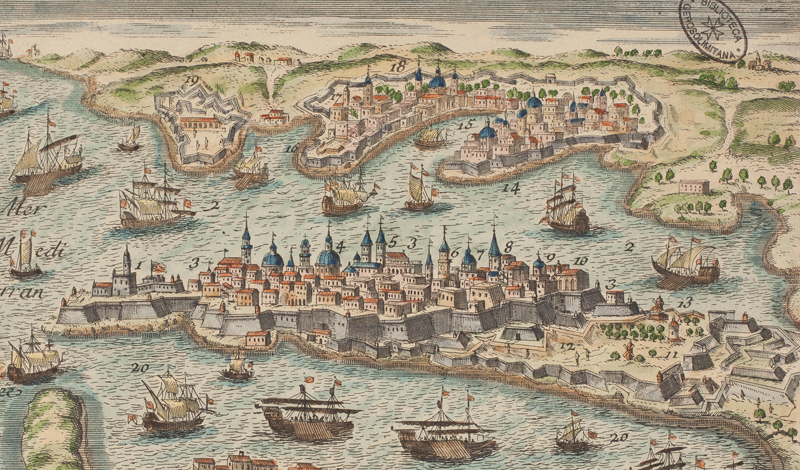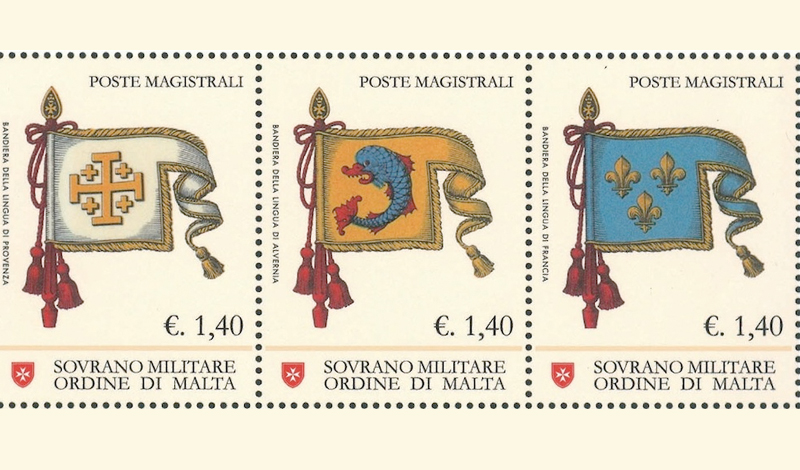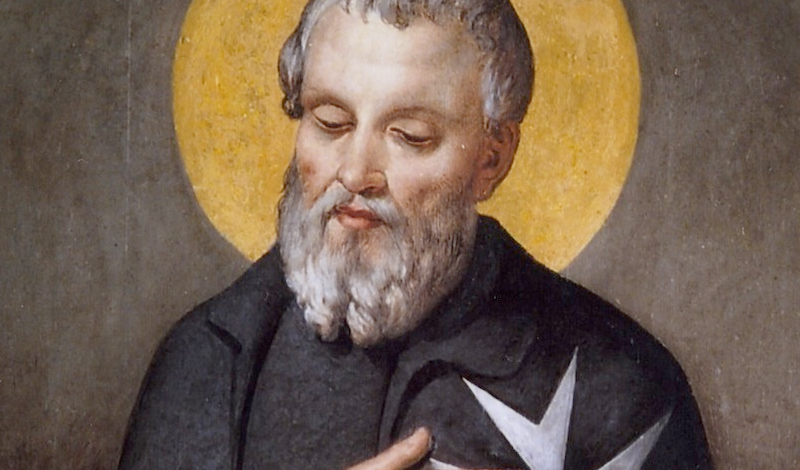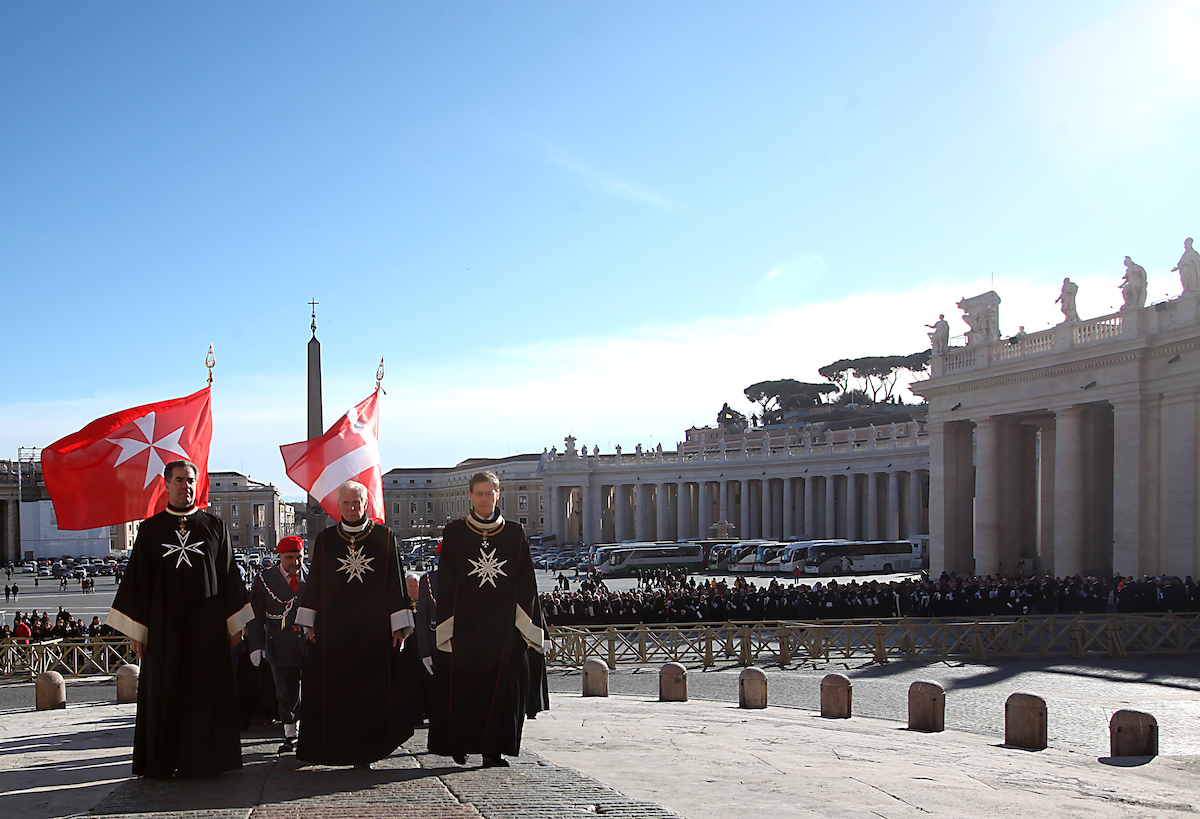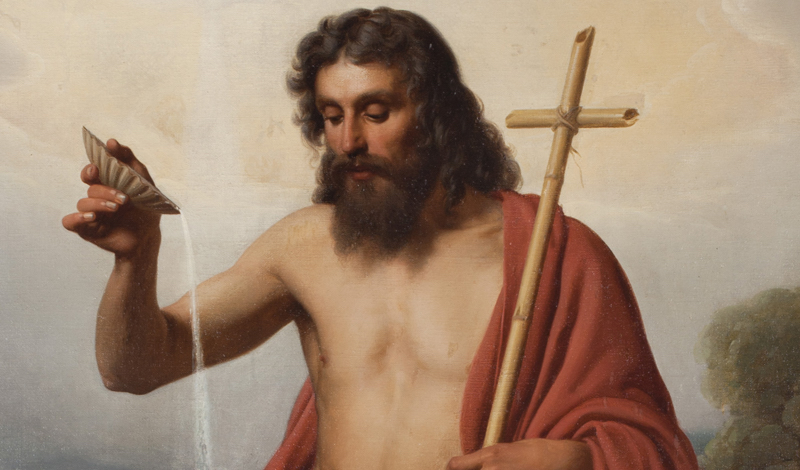1048 to the present day
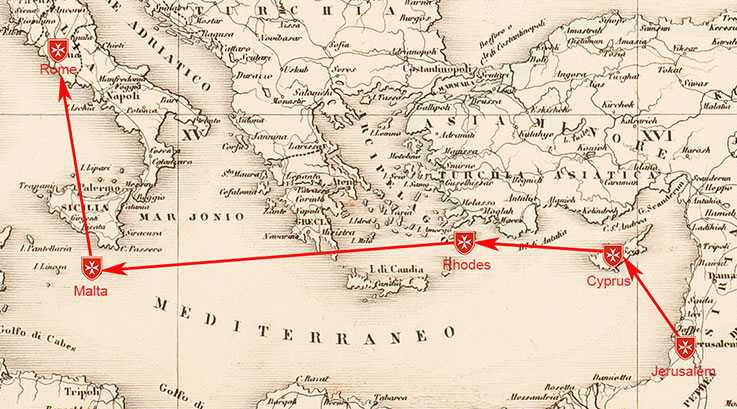
1048 Jerusalem
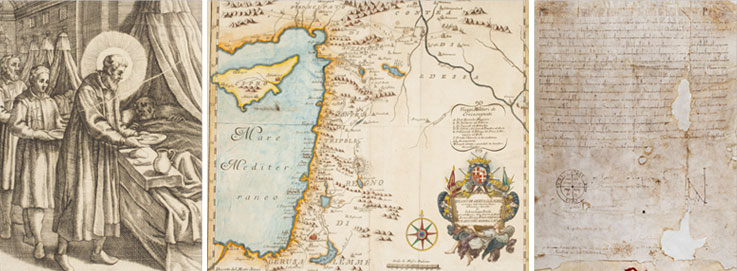
The founding of the religious community of the Hospitallers of St. John in the Holy Land dates back to 1048. Some merchants from the maritime republic of Amalfi obtained an authorization from the Caliph of Egypt to build in Jerusalem a church, convent and hospital named after St. John Baptist to assist pilgrims.
It was under the leadership of Blessed Fra’ Gerard, founder and first Master, that the religious community became a lay religious order. Thanks to the bull of 15 February 1113, Pope Paschal II recognised the Order of St. John, placing it under the protection of the Church and granting it the right to freely elect its superiors, without interference from other lay or religious authorities.
Blessed Fra’ Gerard’s successor as Master was Blessed Fra’ Raymond du Puy who between 1145 and 1153 wrote the first rule for the Order’s members. All the confreres were religious, bound by the three monastic vows of poverty, chastity and obedience, and dedicated to assisting the poor and the sick.
The Constitution of the Kingdom of Jerusalem obliged the Order to assume the military defence of the sick and pilgrims and to protect its medical centres and main roads. Defence of the faith was then added to the hospitaller mission and the Order adopted the eight-pointed cross, still today its symbol.
1291 Cyprus
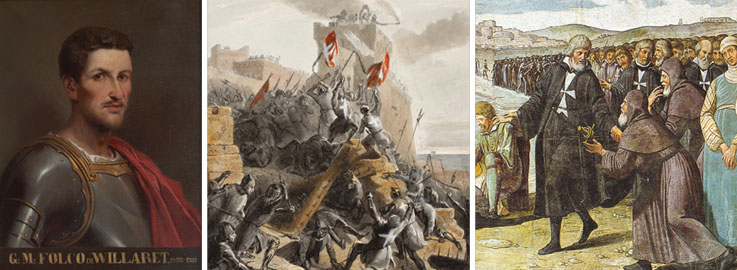
After the fall of St. John of Acre and the loss of the Holy Land in 1291, the Order of St. John moved its seat and hospital to Limassol on the island of Cyprus, where it had already been present since 1210 thanks to the concession of important properties, privileges and trading rights. Here, faithful to its mission, it continued to build new hospitals and the strategic position of the island encouraged it to create a naval fleet to protect pilgrims en route to the Holy Land.
Members continued to arrive from all over Europe and the Order acquired more possessions on the shores of the Mediterranean, including the important port of Famagusta, the city of Nicosia and numerous Commanderies.
The growing instability of Cyprus restricted the Hospitallers’ expansion, and they looked towards the island of Rhodes as more suitable for the Order of St. John to settle.
1310 Rhodes

Under the leadership of Grand Master Fra’ Foulques de Villaret, in 1307 the knights of the Order of St. John landed on Rhodes. After completing the acquisition of the island in 1310 they transferred their seat there. At that time the defence of Christendom required a naval force and the Order navigated the eastern Mediterranean with its powerful fleet, fighting many famous battles.
The Order’s independence from other nations thanks to papal deeds, with the universally recognized right to maintain and deploy armed forces and to appoint ambassadors, constituted the grounds for its international sovereignty.
Since the beginning of the 14th century, the knights belonging to the European nobility who arrived in Rhodes were grouped according to their language. Initially there were seven Langues (Tongues): Provence, Auvergne, France, Italy, Aragon (Navarra), England (with Scotland and Ireland) and Germany, with the addition in 1462 of the eighth Langue of Castille and Portugal. Each Langue had its own Priory or Grand Priory, Bailiwick and Commandery.
The Order was governed by the Grand Master (Prince of Rhodes) and by the Council, it minted its own money and maintained diplomatic relations with other nations. The Order’s great offices were given to representatives of the various Langues. Religious members of various nationalities occupied the Order’s seat, the Convent.
In 1523, after six months of siege and fierce combat against the fleet and army of Sultan Soliman the Magnificent, the knights were forced to surrender and left Rhodes with military honours.
1530 Malta
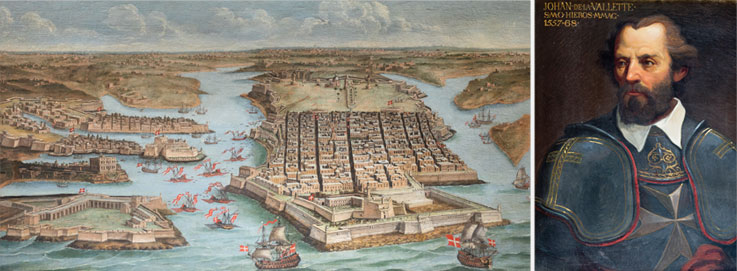
For some years the Order remained without a territory, until in 1530 Grand Master Fra’ Philippe de Villiers de l’Isle Adam took possession of the island of Malta, granted to the Order by Emperor Charles V with the approval of Pope Clement VII. It was established that the Order would remain neutral in any war between Christian nations.
In 1565, the knights led by Grand Master Fra’ Jean de la Vallette heroically defended the island from the Ottomans during the Great Siege of Malta. The victory curbed the expansionist aims of the Ottomans on the continent and was celebrated throughout Europe.
The following year the fortified city and port of Valletta was built, named after its founder the Grand Master. The knights transformed Malta with major urban construction projects, building palaces and churches, as well as formidable defence bastions and gardens. Architecture and artistic patronage flourished. A large new hospital was built on the island, considered one of the most organized in the world, and a school of anatomy was created, followed by a faculty of medicine. The Order also played an important role in the development of ophthalmology and pharmacology.
Besides these activities, for centuries the Order of Malta’s fleet was deployed in the most important manoeuvres in the Mediterranean Sea against the Ottoman fleet and the North African pirates.
1571 The battle of Lepanto
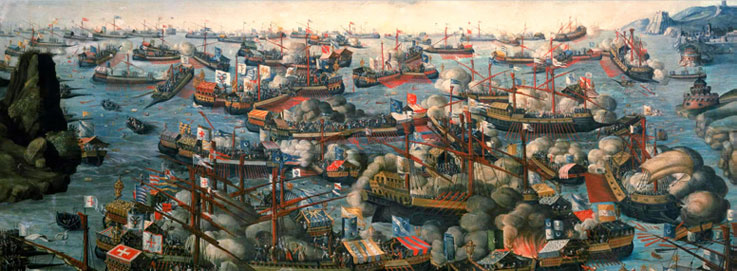
The Order’s fleet – commanded by Admiral Fra’ Pietro Giustinani – joined the Holy League, set up by Pope Pius V to prevent the advance of the Ottoman Empire. On 7 October 1571, it contributed to the victory of the Christian fleet in the battle of Lepanto that marked the turning point of Ottoman expansion in Europe.
During the 17th and 18th centuries, no nation with political, military or commercial interests in the Mediterranean could avoid dealing with the Order reigning over Malta. Malta’s naval school was famous and trained numerous French and other European naval officers.
1798 Difficult years
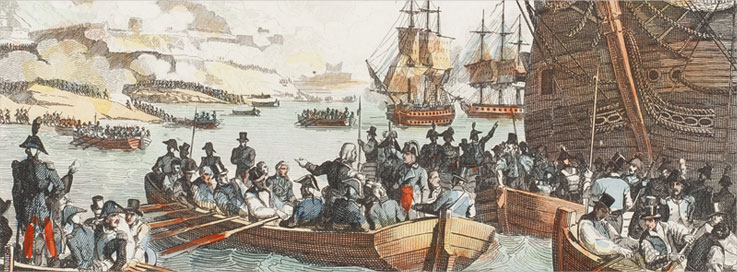
Because of its strategic position, Napoleon Bonaparte occupied Malta during his Egyptian campaign of 1798. The knights were forced to leave the island, also because the Order’s code prohibited them from raising arms against other Christians. The Treaty of Amiens signed in1802, confirming the Order’s sovereign rights over the island of Malta, was never applied.
1799 St. Petersburg
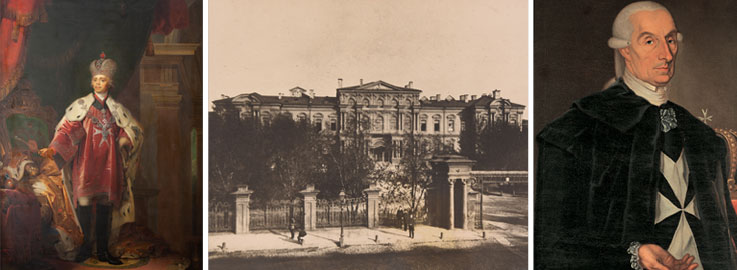
It was Russia that came to rescue of the Order of St. John during one of its most difficult times. Albeit not a Catholic and without the legal requisites to take office, Czar Paul I became Grand Master, protecting the Order’s continuity in one of the most dramatic historic and political moments of its long existence.
When Paul I died in 1801, his son Alexander did not claim for himself the office of Grand Master which was taken by the Italian Giovanni Battista Tommasi in 1803.
1834 Rome
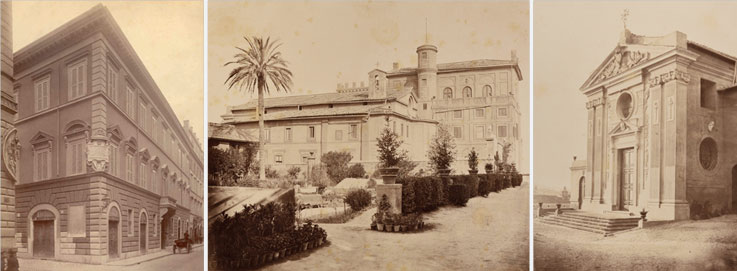
After establishing its seat first in Messina, then in Catania and Ferrara, in 1834 the Order finally settled in Rome in the then Pontifical State. Now relieved of the strain of temporal government and all military commitments, the successive Grand Masters were able to focus on the Order’s original charismata of assistance to the poor and the sick.
During the 19th and 20th centuries, the Order thoroughly updated its statutes, Constitutional Charter and Code. The loss of the island of Malta also meant the end of the ancient internal subdivision into Langues. The consequent reorganization of the Order coincided with the creation of the National Associations. The first to be founded was the German Association in 1859, followed in 1875 by the British one and in 1877 by the Italian one.
The 20th and 21st centuries
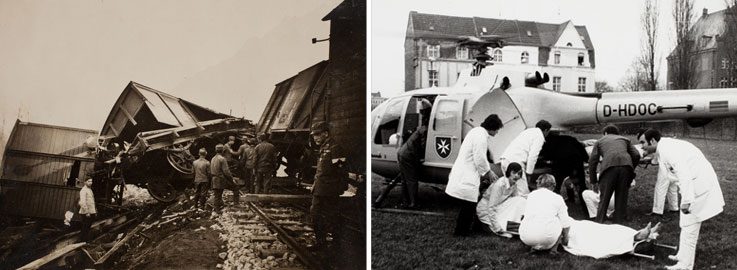
In the second half of the 19th century, the Order’s original mission of medical and social assistance again became its main focus, intensifying during the last century thanks to the work of the Grand Priories and National Associations in many countries worldwide. Large-scale Hospitaller and charitable works were carried out during World War I and during World War II under Grand Master Fra’ Ludovico Chigi Albani della Rovere (1931-1951). Under Grand Masters Fra’ Angelo de Mojana of Cologna (1962-1988) and Fra’ Andrew Bertie (1988-2008), the Order’s activities grew until they reached the furthermost regions of the world.
